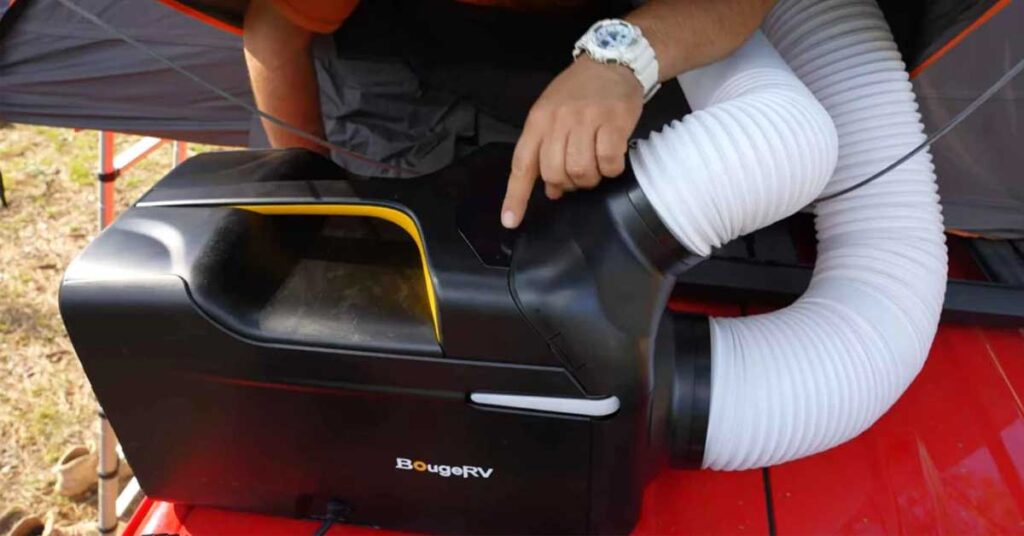Building a strong safety culture is essential for creating a workplace where employees feel valued, protected, and empowered. A safety culture goes beyond compliance with regulations; it reflects a shared commitment to prioritize safety in all aspects of operations.
In this article, we’ll explore six practical tips for fostering a stronger safety culture in your organization, ensuring the well-being of your employees and the success of your business.
Lead by Example
The whole organization hangs on good safety leadership. Leaders should demonstrate a genuine commitment to safety by following established protocols, wearing appropriate personal protective equipment (PPE), and actively participating in safety initiatives.
Leaders inspire confidence and gain trust by being an example to others of what they should do.
Encourage Dialogue
For a culture of safety to take root, there must be effective communication. This means people in charge should listen when workers want to talk about hazards or suggest improvements. Several different ways should be provided for employees and managers at all levels share ideas about how best to keep everyone safe.
These can include holding regular meetings or putting up suggestion boxes where people can drop notes anonymously if they’re afraid to speak up.
When organizations create environments that value open sharing of information among staff members, it becomes possible not only identify potential problems but also find solutions before anyone gets hurt.
Recognize and Reward Safe Behaviour
Recognizing and rewarding safe behavior is a crucial aspect of fostering a positive safety culture within an organization. By implementing a Behaviour Based Safety Template, companies can effectively acknowledge employees who consistently demonstrate exemplary safety practices.
This template can include specific criteria for recognizing safe behaviors, such as identifying hazards, reporting near misses, or taking proactive steps to prevent accidents.
Perform Frequent Inspections and Safety Audits
Regular safety audits and inspections assist in finding potential hazards and better working conditions. Plan regular checks for facilities, machines, and work procedures to spot problems with safety measures.
Employees should participate in these examinations by reporting dangerous areas and suggesting remedies. Regular safety audits enable organizations to detect harmful aspects of their activities in advance thus preventing accidents.
Keep Enhancing Safety Procedures
A continuous improvement process is vital for creating a strong safety culture. Employees can be involved in initiatives for improving their safety like mapping out hazardous zones within the workplace, assessing risk levels or constituting committees responsible for maintaining safe working conditions.
Periodic analysis of safety methods with successive modifications where necessary can help achieve this goal. Foster a mindset of continuous learning and adaptation, where employees are encouraged to seek out opportunities for improvement and share their ideas for making the workplace safer.
Offer Thorough Training
It’s important to invest in extensive safety training as this can provide employees with the necessary information and abilities for safer work. Produce training courses that discuss various issues such as identifying hazards, knowing what to do during emergencies and working safely.
Make sure that you give job-specific training that should be periodically refreshed. Equipping people with knowledge through training can help establishments decrease accidents thus making the workplace safer.
ⓘ LAFFAZ is not responsible for the content of external sites. Users are required to read and abide by our Terms & Conditions.









